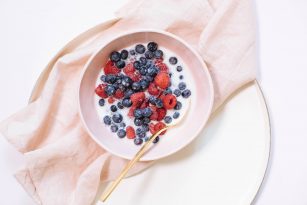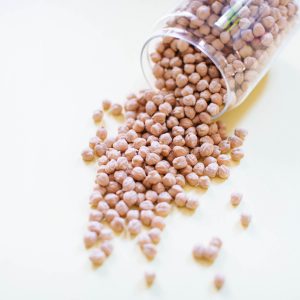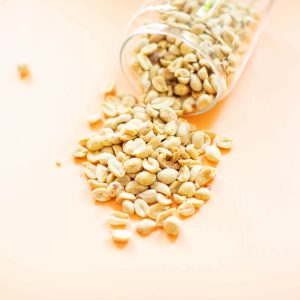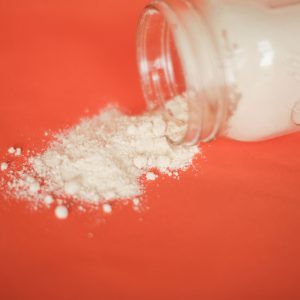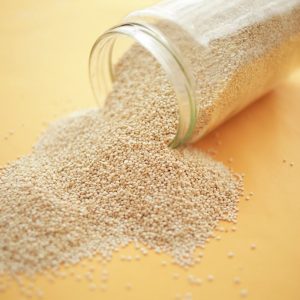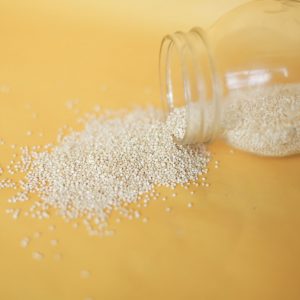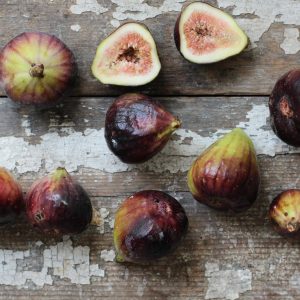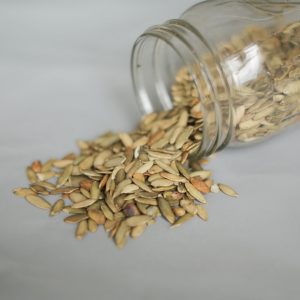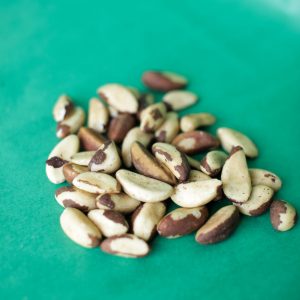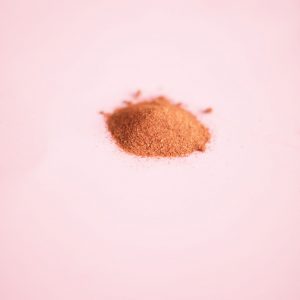Mulberries are considered a “superfood” due to their high antioxidant content, mainly from resveratrol and other phytonutrients.
Mulberries are a deliciously sweet fruit grown in Asia, Africa, and America (mostly in warmer climates). Mulberries come in several varieties; white, red, purple, and black, where white mulberries seem to be the most popular. If you’ve never tasted a mulberry before, they’re incredibly sweet and have one of the most unique flavors.
The taste is somewhat bitter yet sweet like candy, with a hint of pear, citrus, and floral. Dried mulberries also have a crumbly yet chewy texture which is especially nice in trail mixes or muesli.
Health Benefits of Mulberries:
Mulberries are packed with antioxidants and phytochemicals. They’re particularly well-known for their resveratrol content. They’re a great source of iron and vitamin C as well. They have been associated with decreasing risks of cancer, lowering cholesterol and blood sugar.
Nutrient Breakdown of Mulberries:
*Per 1 cup, 140g raw
- Protein | 2g
- Fiber | 2g
- Carbohydrates | 14g
- Iron | 14% DV
- Potassium | 8% DV
- Magnesium | 6% DV
- Vitamin K | 14% DV
- Vitamin E | 6% DV
- Vitamin C | 85% DV
- Phytonutrients | resveratrol
How To Use:
Mulberries are great both fresh and dried. Dried mulberries are great in granola, trail mix, muesli, yogurt, oatmeal, cereal, desserts, or even smoothie bowls.
Recipes:
NS Recommends:
Store dried mulberries in an airtight mason jar for freshness. We also enjoy rehydrating them in water before blending in smoothies, stirring in oatmeal or porridge.


